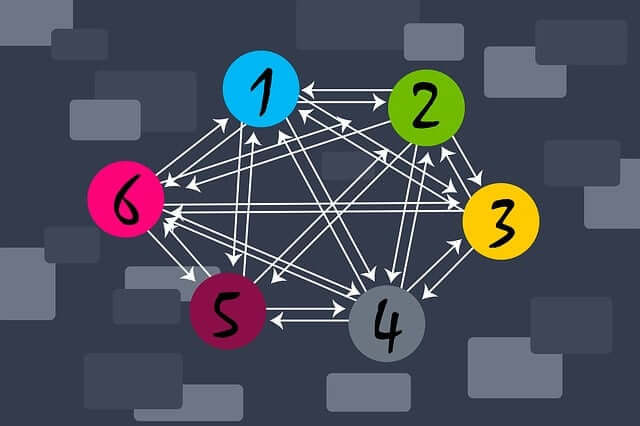Great web design relies on a variety of factors, including the quality of the layout, the value of the written content, and how easy it is to navigate through the site. You may already know some of the most basic ingredients for good web design, but there are several things to consider you might not have thought about to ensure your site is truly great.
Minimize Navigation
Plenty of websites feature pages and pages of information, but many of them don’t allow you to quickly and easily move from one area to another. Other sites are easy to navigate — if you stay within the five main pages indicated on their tool bar. On these sites, the deeper you delve, the more clicks you have to use to get back to the home page. Ideally, a site visitor should be able to get where he wants to go within two clicks. Visitors should also always be able to go directly back to your home page no matter where they are on your website.
If your site suffers from a complex navigation system, visitors can quickly become frustrated and give up. When your web design is too complicated to move about in, the good looks are pointless since most people will leave before they see all of your awesome graphics. Sometimes a practical approach translates to great web design. Fort Myers businesses should keep navigation in mind at all times when creating a website.
Keep search engine optimization in mind as well — if you’re using search engine marketing techniques to pull visitors in, be sure the keywords point to the most appropriate pages. If someone clicks on a link but then has to navigate through four or five pages before getting to the product mentioned in the link, the web design isn’t efficient.
White Is Your Friend
The need to fill up empty white space in a web design borders on pathological for some people. They see a nice, crisp expanse of white and have the urge to add “just a little bit more information,” or dress it up with a cute graphic. It’s a shame, because most visitors to a website appreciate some white space, particularly around the borders of a page. It’s restful for the eyes and adds emphasis to your overall message.
Your web design should incorporate small doses of white space not only around the margins of each page, but between lines of text. When the text is too close together, it makes it difficult for the eye to follow the words, leading to frustration or confusion. Your goal should be to provide a balance of interesting content, lively graphics, and restful white space. Resist the urge to fill up the void of white space or you could end up with a cluttered web design. Cape Coral businesses don’t want to be known for having websites that look like junk yards.
Minimize The Bells And Whistles
When you’re first starting out, it’s tempting to want to “pull out all the stops,” using every imaginable extra on your website. But people don’t come to your website to see how many dancing hippos are gyrating across the bottom of your screen or listen to a woman in a pop-up window talking about why you should order immediately. In fact, web design that relies on pop-up windows to send a message will more than likely lose a lot of visitors. Many people browsing the Internet these days have pop-up blockers, so your nifty little add-on isn’t going to be seen all that often. If the information is important, your web design should display it prominently on a standard page.
Including sound effects or music in your web design can also turn visitors off. If they’re checking out your site and loud music suddenly fills their ears, they may shut the window, particularly if they’re logged on at work, in a public library, or anywhere that your sound effects could be construed as noise pollution.
Also annoying in most web designs are lots of blinking, flashing lights, too many fonts, or scrolling text. Any of these used in your web design can be distracting, detracting from the message. After you’ve put money and careful consideration into quality content and search engine optimization, do you really want your site to be remembered primarily because it got on someone’s nerves?
Understand The Psychology Of Color
If orange is your favorite color, you may be tempted to use it as the primary color in your web design or logo. While orange is associated with creativity and friendliness, it’s also perceived as an aggressive color and people tend to either love it or hate it. It’s a risky color for a web design, so consider the image you want to project. Blue is often a good choice because it’s associated with trustworthiness and honesty. Green as the main color in a web design may indicate peace, renewal, or harmony, and purple is linked to both spiritual and creative pursuits. Think of a word that exemplifies your company, then choose a color for your web design that reflects that word.




